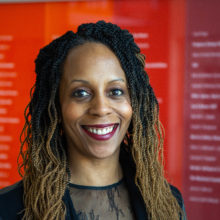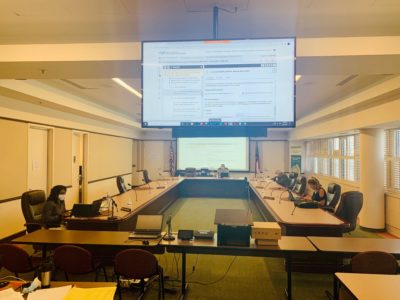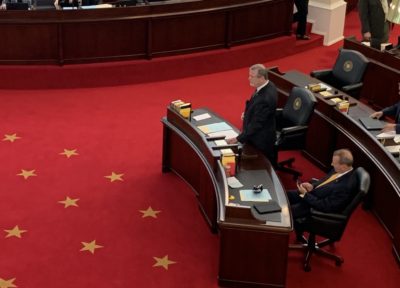

As a doctoral student in 2006, I took a two-week course in Europe. During the first weekend, our professor gave us the choice of remaining in Maastricht, Netherlands (this was our home base) or going on an overnight trip to Paris for an additional fee. I ecstatically opted for Paris.
In junior high and high school, I studied French. While I really could not speak a word, I did remember learning about the Eiffel Tower, Arc de Triomphe, and Champs-Élysées. I was so excited to see these landmarks, but what energized me most was the chance to be in the same city where Josephine Baker once lived.
Born in St. Louis, she was a Black singer and dancer who refused to accept the racist treatment of Black entertainers, particularly in the south, and moved to Paris in 1925. Soon after, she became an international superstar. During World War II, Baker even became a spy for the French Resistance and was awarded a medal of honor for her efforts.
As a young Black female watching her story, I was in awe of her courage to resist the oppressive forces that tried to dictate her life and career. So, when I was in Paris in 2006, I was determined to buy something with the image of Baker on it. I bought a small replica poster by Paul Colin called “le Bal Negre” originally made in 1927.
I’ve proudly displayed this poster in my home since this trip. When I looked at it, all I ever saw was Josephine Baker — entertainer, activist, and pioneer. It wasn’t until just a few days ago that I noticed the overtly racist image of the Black man standing behind her. Now, I cannot unsee it.
I recount this story as I think it is the perfect illustration of our imperfect journey toward being anti-[racists, sexists, ableist, homophobic, etc.] educators. I think that we move through this journey in cycles: (a) awareness (b) action, (c) hyper-focus, (d) neglect, (e) and back to A again.
Awareness
First comes awareness. In my illustration, I became aware of Baker’s life story while watching a movie. For educators, we become aware of an oppressive force through an interaction or series of interactions. We become awakened to, for example, our own biased perceptions and treatment of Black males or our school’s biased dress code policy. In most cases, we seek to learn more. We read books, attend webinars, join affinity groups, and discuss our revelations with like-minded colleagues.
Action
Next, we take action. For me, I took to the streets of Paris until I found the perfect piece of artwork. For educators, action is not as easy as this shopping spree. It takes courage to admit that you have been an oppressive force and participated in a systemically racist education system.
It takes sheer bravery in certain circumstances to speak truth to power and openly question school policies, practices, and procedures, like dress codes that punish Black students for wearing their hair in its natural state or programs that intellectually segregate students. Action is one of the hardest first steps to take, but it is necessary for real change to occur. Fortunately, and unfortunately, I think action turns to hyper-focus.
Hyper-focus
For nearly 14 years, when I looked at that picture, all I saw was a beautiful abstract image of Josephine Baker. I become hyper-focused. Similarly, when we learn and take action to minimize or rectify our behavior or actions of a system, we can easily only see that problem.
Arguably because of Black Lives Matter, we are all becoming hyper-focused on police brutality and Black males. It dominates my conversations with friends and colleagues. I gravitate toward articles about police brutality and I want to create space within my current role to bring educators, students, and school resource officers together. The hyper-focus that we have on a problem allows us to concentrate on a pervasive issue, though it sometimes comes with repercussions.
Neglect
When I bought the picture of Josephine Baker that included the racist image of a Black man, I should also mention that I was in a doctoral program for curriculum and instruction. My concentration was urban education. I was reading books like Teaching to Transgress, The Nature of Prejudice, and numerous articles by Black and Latinx authors; yet as knowledgeable as I was, I could not see the cartoonish looking man in front of me because my focus was elsewhere.
As we move along this perfectly imperfect journey together, realize that it may inadvertently come at the expense of a group. I remember hearing a principal say that his school focused so much on supporting Latinx males that the performance of white males began to decline. The important part of this journey is reflecting on our missteps and beginning the cycle again with even more awareness of the world that is in front of us.
In case you are wondering, I am keeping the old picture of Baker, but I also bought a new one sans any racist overtones — at least that I am aware of right now.




